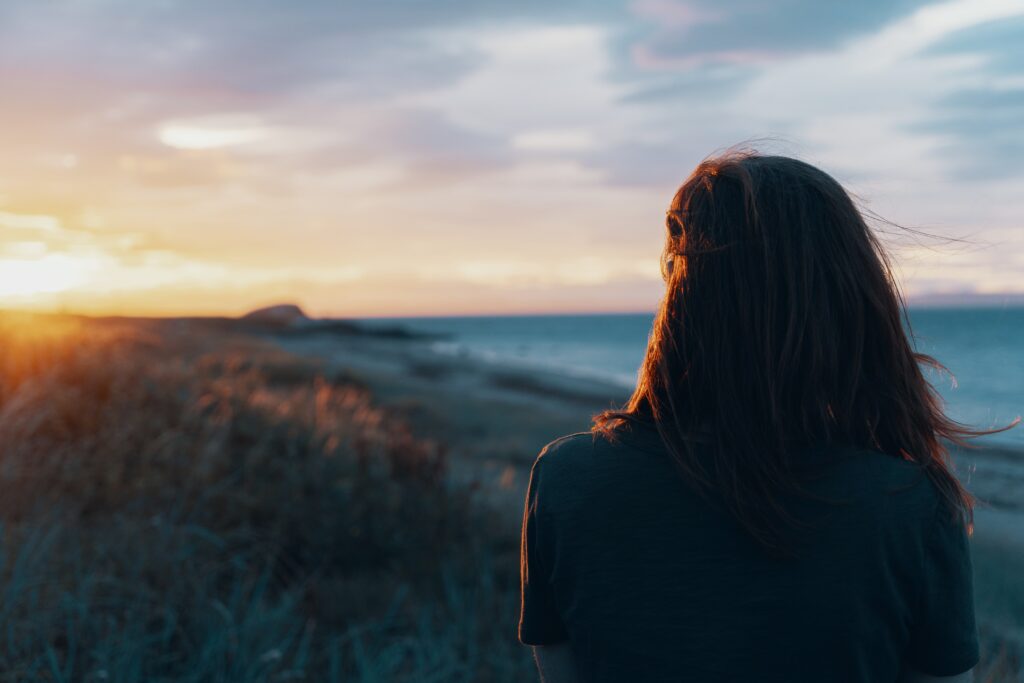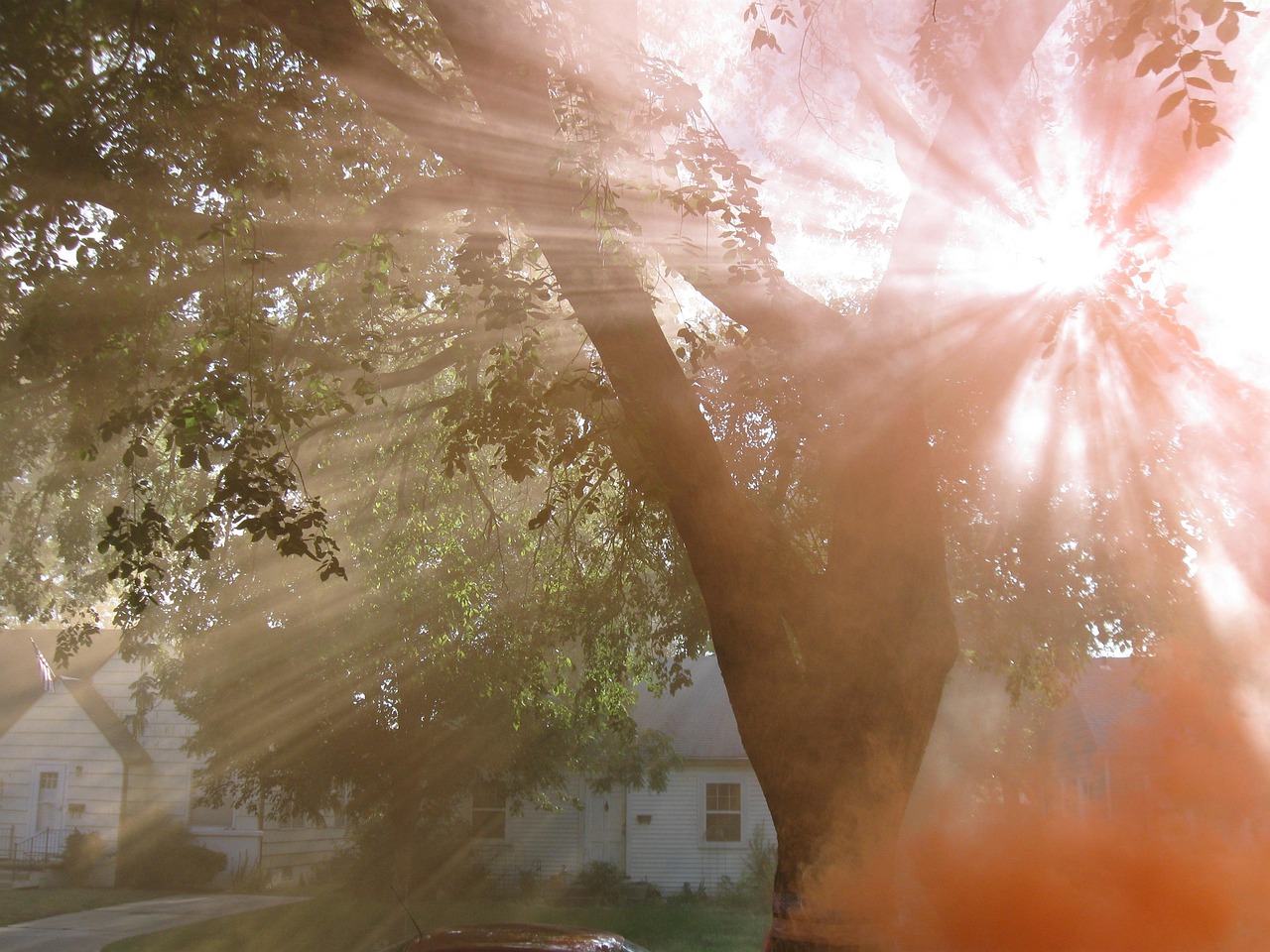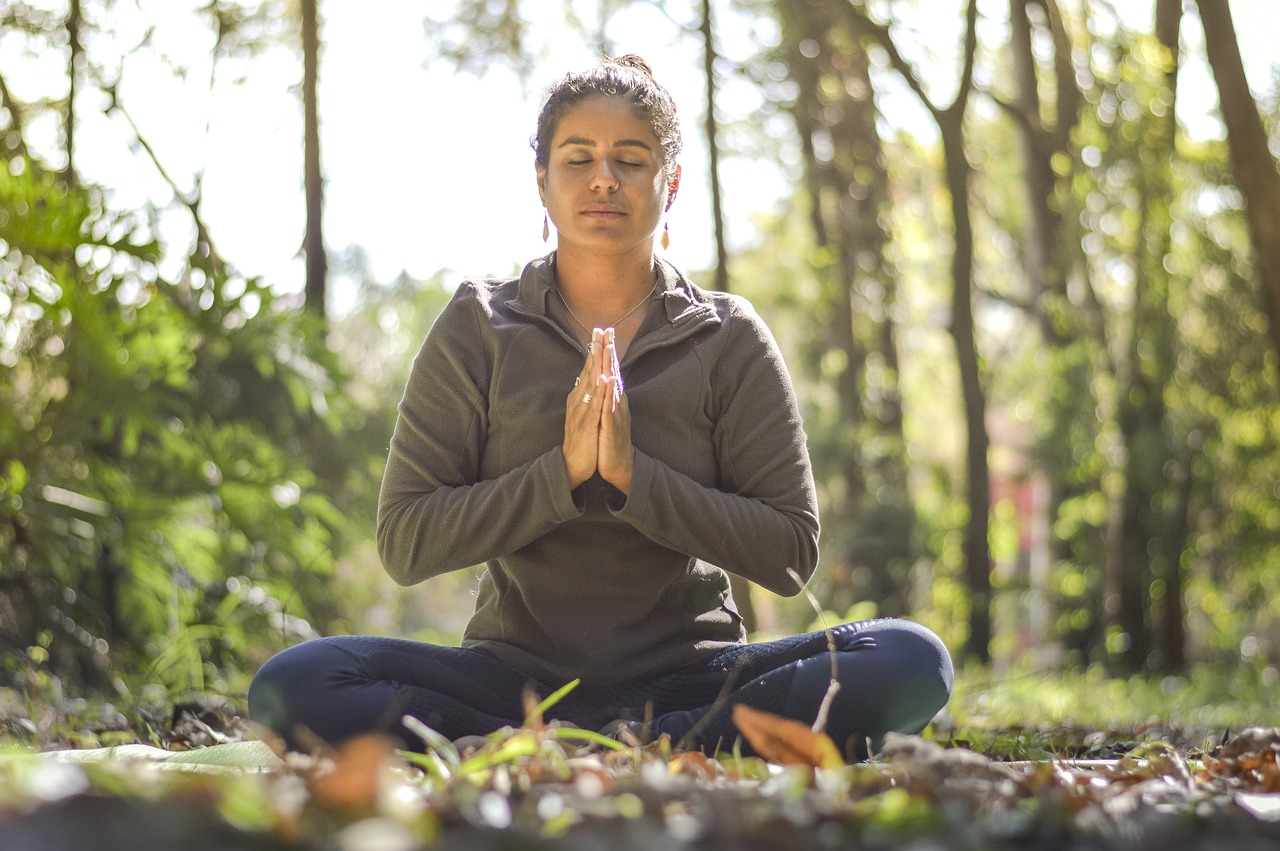For Selikhot, the nighttime service of repentance that falls a few days before Rosh Hashanah, we gather in silence, in a room lit by candles or by dim light. On a table we include items of stone or wood, feathers, bowls of sand, and other reflections of the natural world.
We rise in a circle and begin by facing west.
Leader: Tonight we begin the sacred work of teshuvah, of repentance and turning. We welcome each other and call upon the Divine in all its forms to strengthen us for the work ahead.
We turn our faces to the wind from the West, the place of the setting Sun, of grounding earth and the whisper of autumn. From the West comes the grace of release and the reality of physical death.
Participants: As we face West, ma’ariv, we welcome Rapha-el, the healing manifestation of Divine energy.
Leader (turning): We turn our faces to the wind from the North, place of winter quiet, of stillness. From the North comes restoration from concealment and deep earth.
Participants: As we face North, tzafon, we welcome Uri-el, the illuminating manifestation of Divine energy.
Leader (turning): We turn our faces to the wind from the East, place of the rising Sun, of the green of spring. From the East come new beginnings, the ever-present possibility of rebirth.
Participants: As we face East, mizrakh, we welcome Gavri-el, the balancing manifestation of Divine energy.
Leader (turning): We turn our faces to the wind from the South, place of energy, of the fire of summer. From the South comes the desert heat that scours clean.
Participants: As we face South, negev, we welcome Micha-el, the reflective manifestation of Divine energy.
Leader: We now turn our faces to what is below, to Mother Earth. To Imeinu Shekhinateinu, the inward, quiet manifestation of Divine energy.
Participants: And we turn our faces up, to the Sky, to Avinu Malkeinu, the sweeping, majestic manifestation of Divine energy.
Leader: Finally, we turn our gaze inward, to our own souls, to the spark of Divine energy within each of us.
Participants: Now that we are conscious of the ways that Divine energy flows in, around, and through us, we may begin our tasks of heshbon ha-nefesh and teshuvah – of self-assessment and turning. May this awareness remain with us during the Days of Awe, grounding and guiding us, reminding us of our ability to change our lives for the better.
All are seated, and the service begins. We make time in the service for quiet reflection, and encourage participants to engage with the items on the table, to foster mindfulness and connection.
This ritual can be modified to create sacred space for other occasions.













